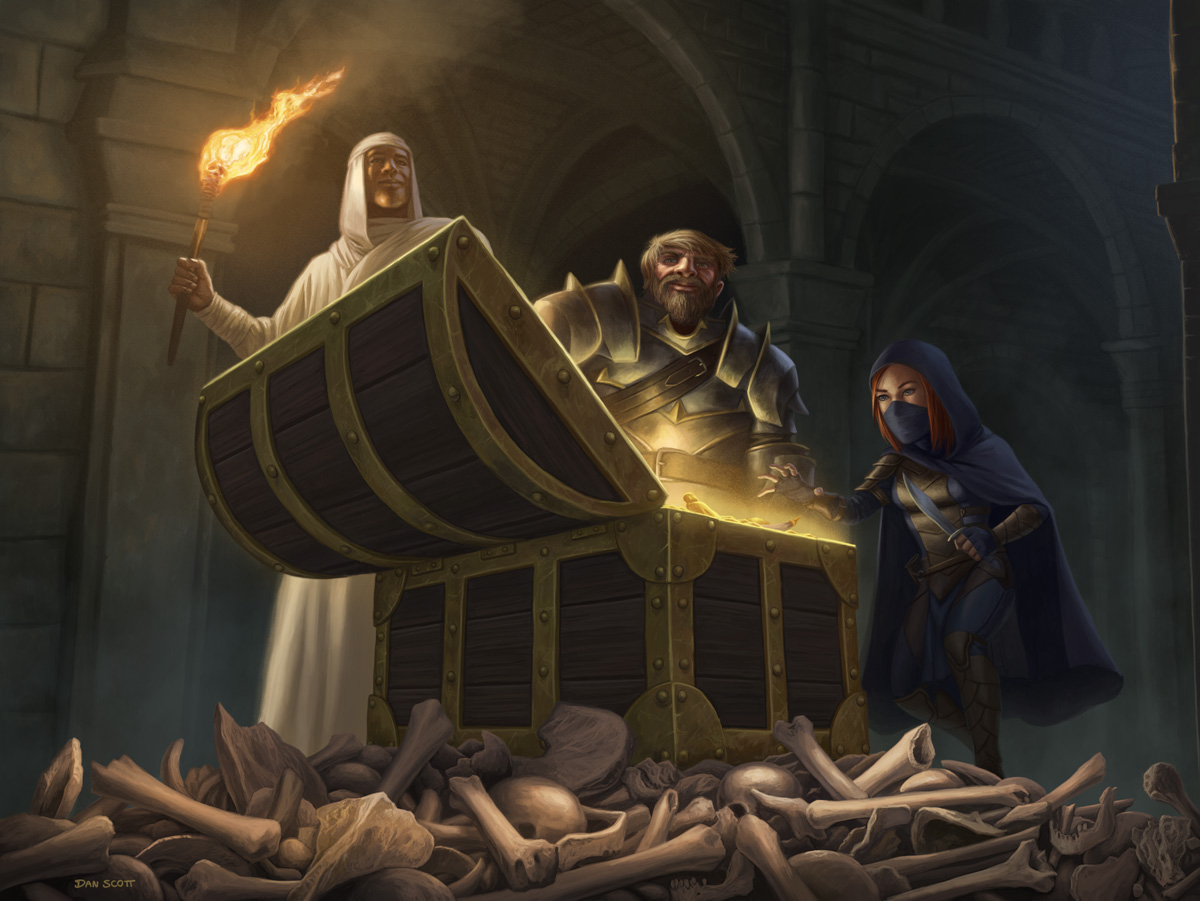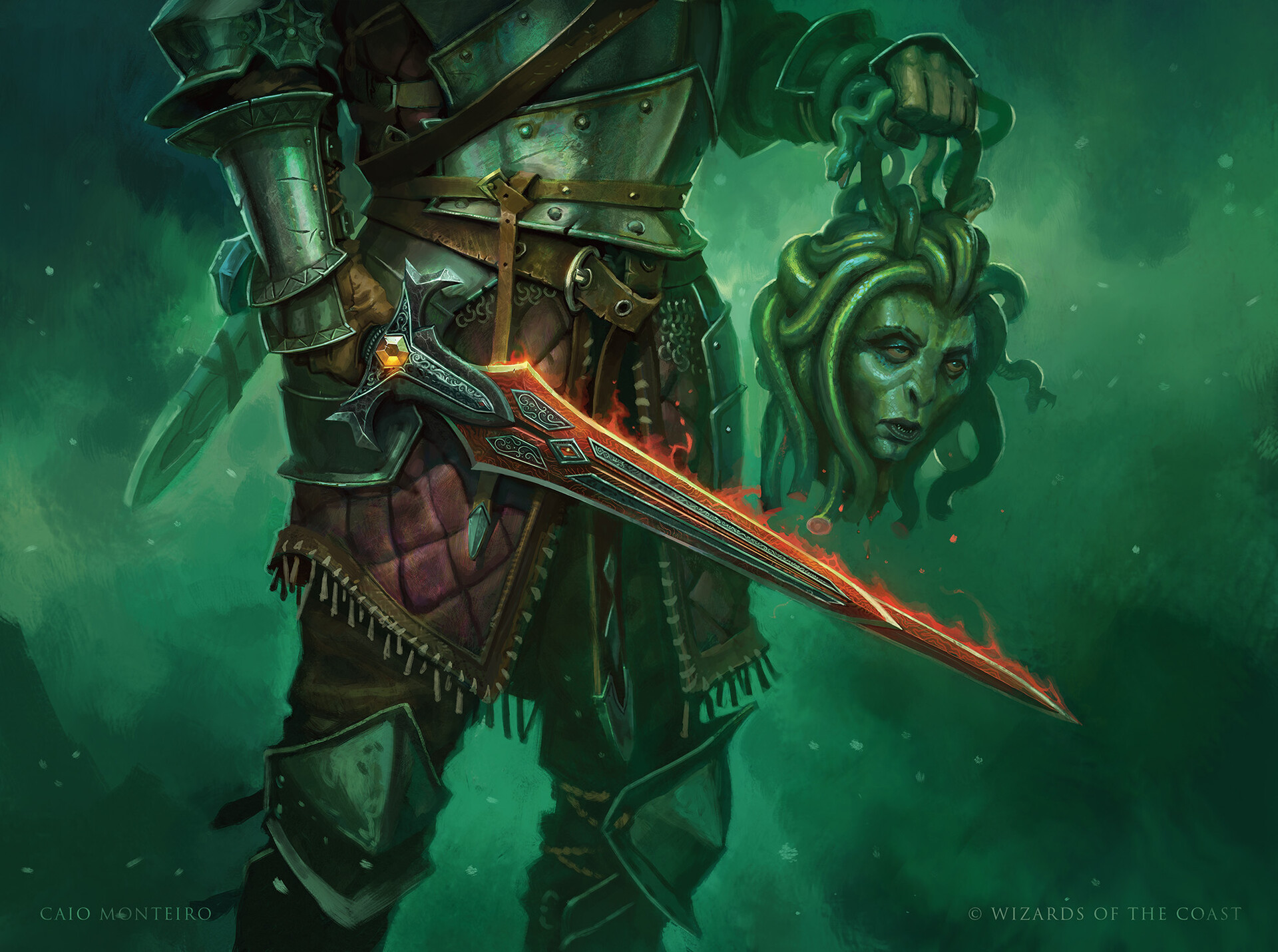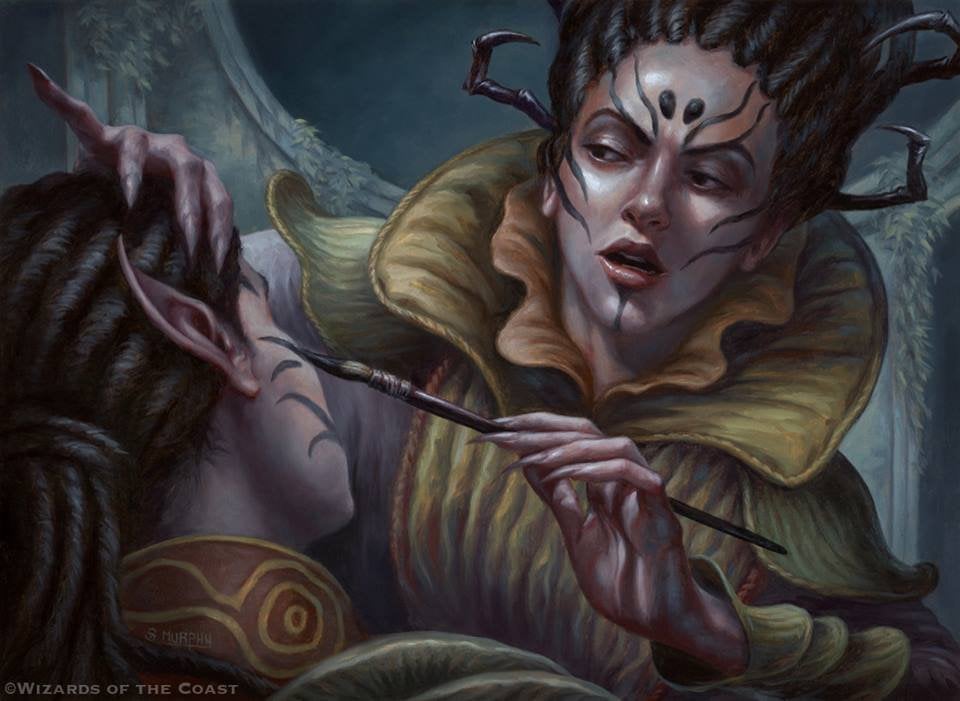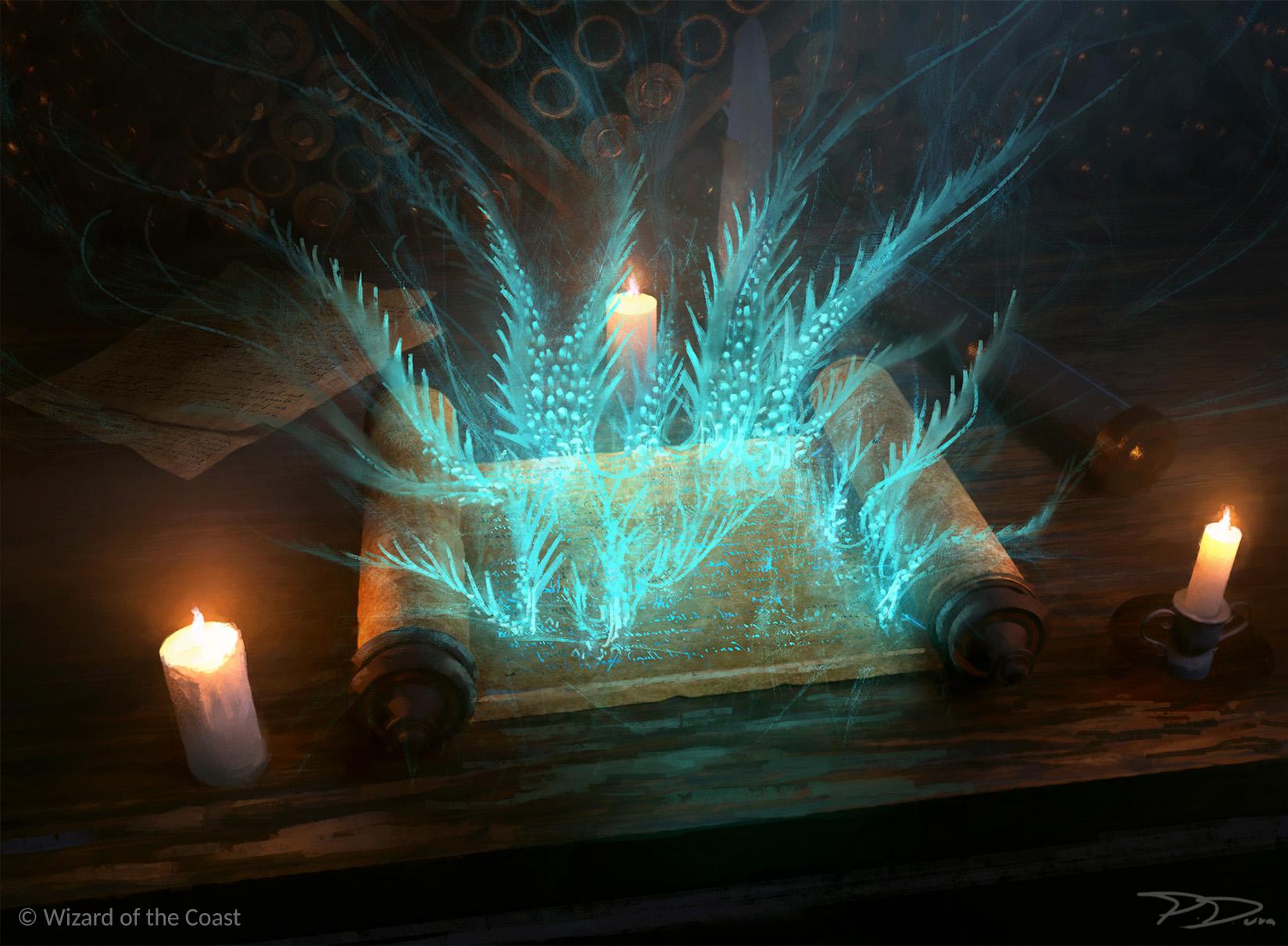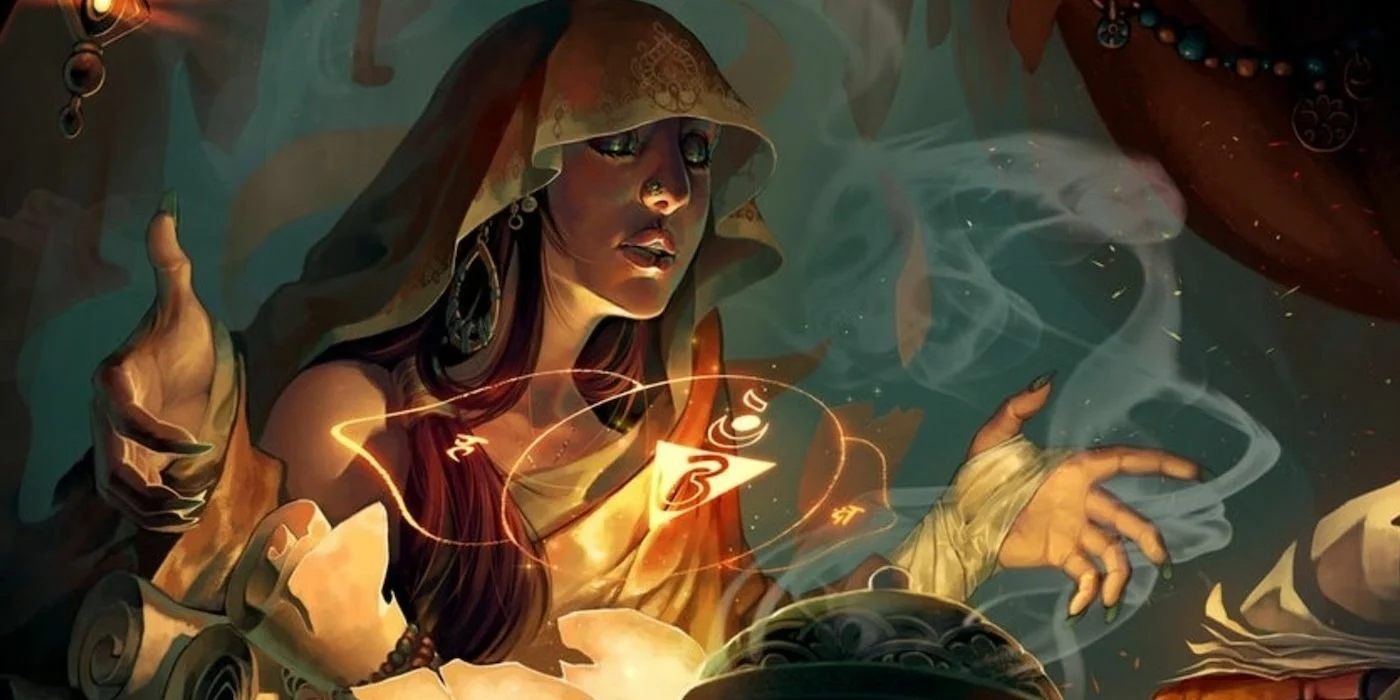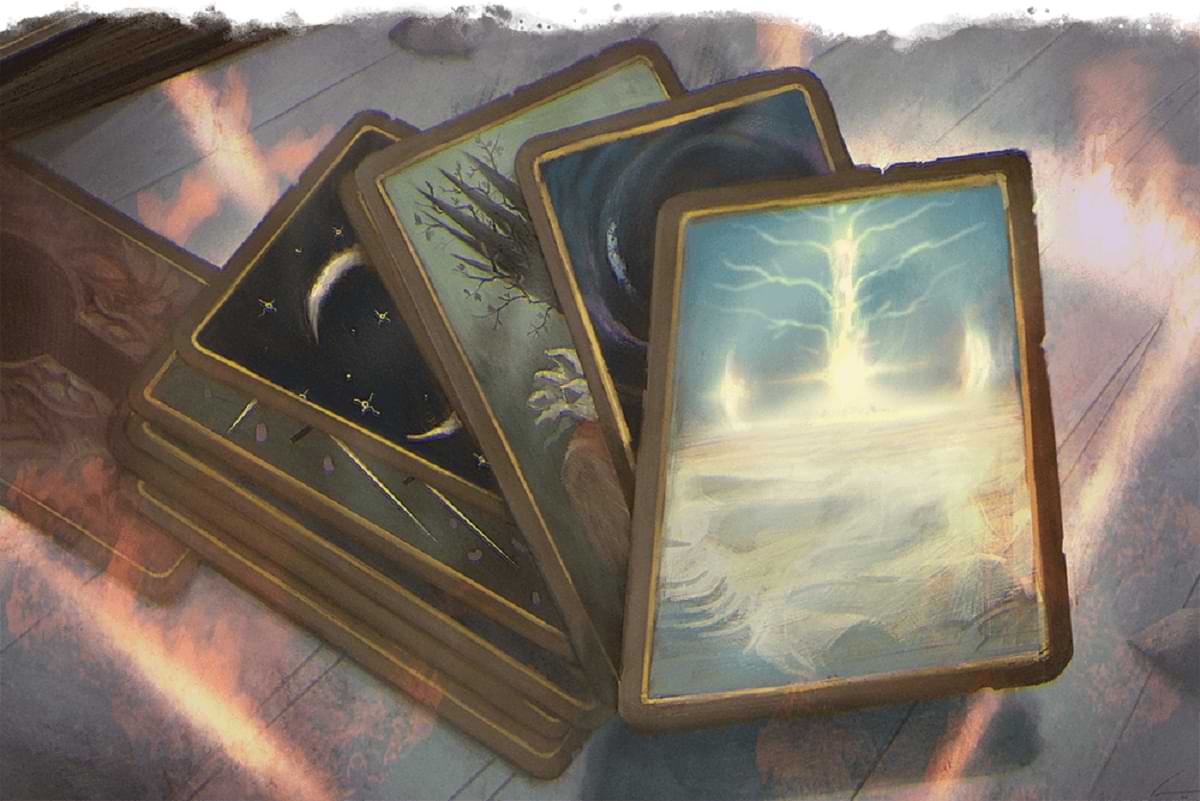D&D Beginner’s Guide: Five Magic Items That Won’t Break Your Campaign
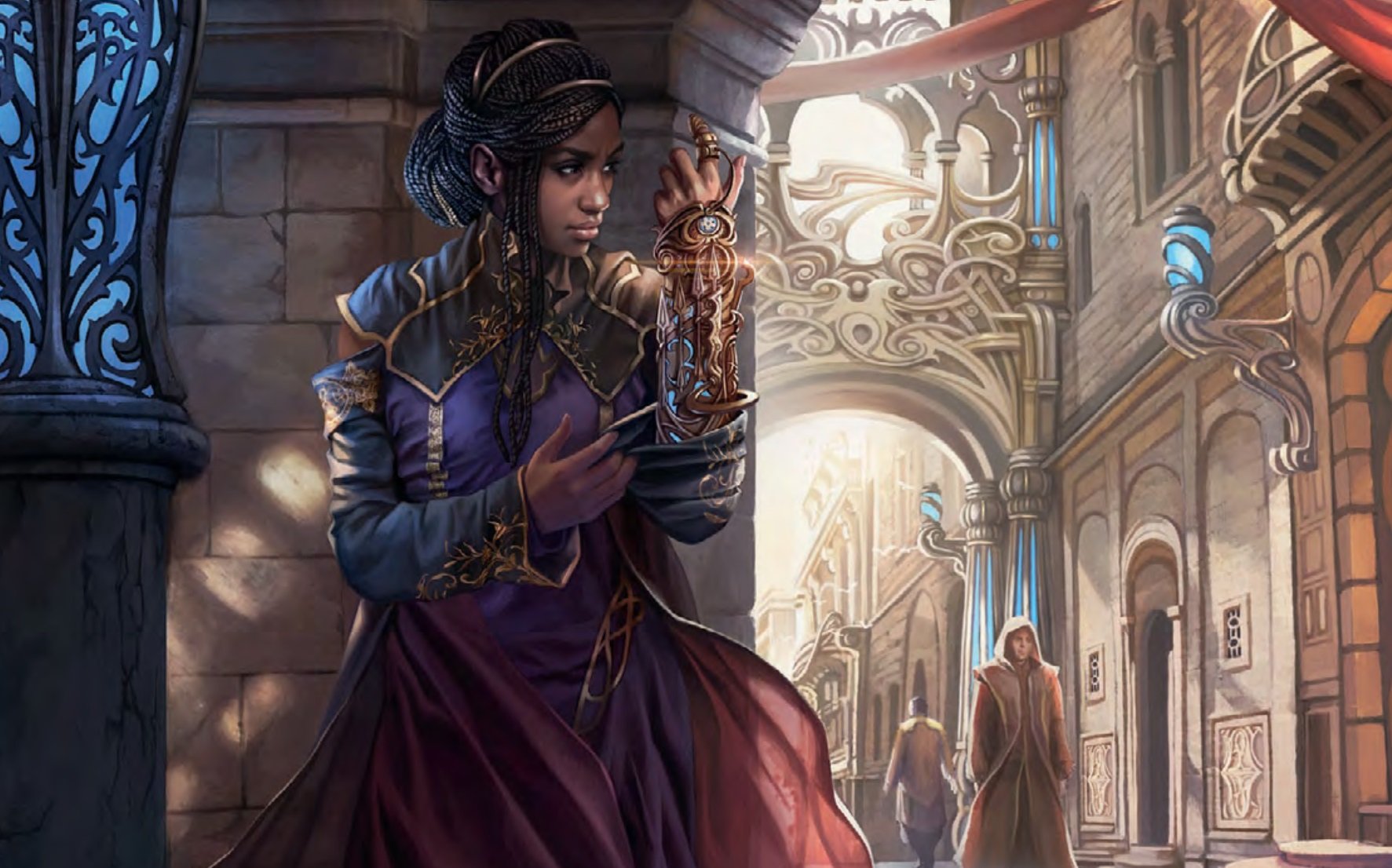
As a DM, giving players magic items can sometimes feel like self-sabotage. Here are some items to give players that won’t end in total disaster!
Like little razorblade-filled apples, D&D players can mortify their DMs by using magic items to completely trivialize their combat encounters or puzzles. When DMs hand out special loot to their players, they very rarely do so with the intent to stab themselves in the foot.
Finding a healthy balance between fun and fairness can be tricky, especially considering all the other things DMs must manage. Players ruining campaigns is the last thing DMs want to happen. But, at the same time, what’s a medieval fantasy setting without some mystical arcane gizmos and doohickeys?
As a DM, if you are afraid to reap what you sew when giving out magic items, don’t worry. Here are some fun, low-risk magic items to give your party that they can safely play around with! AFTER they beat the dragon at the end of the dungeon. This isn’t some charity house.
The Vanilla Ice Cream of Magical Items
+1 magic weapons are like a rite of passage for early-level D&D parties. Once players reach level 5, it feels almost sacrilegious not to provide them with essential upgrades for their weapon/spell attacks.
Enchanted weapons are easy to keep track of and give your players a buff they can observe. It is criminal how good a simple +1 shortsword is at murdering most low HP monsters.
Plus, they’re magical! This means any villain smugly strutting around with their “resIsTAnce To alL NoN-MaGIcal PhySICaL dAmAGe” will be in for quite a surprise when the party shows up with their enchanted weapons freshly stained with goblin blood and thirsty for more.
Ink Master for Wizards
The Masquerade Tattoo is an uncommon magic item that was added with everyone’s favorite: Tasha’s Cauldron of Everything. While not objectively powerful physically, this tattoo allows limitless player creativity.
Initially, the tattoo takes the form of a spectral needle that one must hold up to one’s skin to attune. Once the player completes attuning to it, the needle turns into tattoo ink and injects itself into the player’s skin. And from there, the possibilities are limitless.
The tattoo can take up any size of the player’s body. It can be as simple as a skull or as complex as a full-body painting. This makes it an incredible communication tool for when the party might need to be quiet. Imagine the party sneaking through a castle and spotting a guard. Instead of verbally explaining the plan to their party, the barbarian draws it on their abs like a battle map.
Or, your players are trying to sneak into a secret cult meeting. But the cultists only allow those with a specific marking into their ziggurat. Well, the player can knock a cultist out, study their tattoo, and replicate it perfectly without having to scar their person!
In addition to a kickass tattoo, the player can cast the disguise self spell once per dawn. As a treat, of course.
There’s a Baldur’s Gate III Reference to be Made Here
The spell scroll is one of the most underutilized pieces of loot in all D&D.
Hot take, I know. But seriously. I have played this game for almost a decade. And in all my years as a player, I have never seen a DM give their players a spell scroll as a piece of loot (EXCEPT when it’s from a pre-generated loot table).
Spell scrolls allow non-magic classes to dip their toes into arcane spells that allow them to do things they previously couldn’t. And for the classes that can cast magic? Spell scrolls are practically Swiss army knives with unlimited applications.
Spellcasters can use spell scrolls to have spells they might not want to prepare in advance. They could be used as additional spell slots so the wizard can use their level 3 slots on something other than fireball. Or, the spellcaster could make their own spell scrolls from hand and then sell them in town for massive profit.
They are versatile, easy to understand, and often in limited supply because they can only be used once before disappearing.
This Item “Taurus” Apart
If you have a player who likes funny crystals and knows what it means to be an “Aquarius rising,” you must give them this item.
It is called the Astromancy Archive. The rules say that you must be a wizard to attune to it. If you’re a cool DM, you will homebrew it so that any spellcasting class can use it. The experience doesn’t change all that much. It’s just a valuable item that gives your party access to some helpful spells they might typically skip out on in favor of others.
Augury can be INSANELY fun to play with! But its hardly ever chosen because other cleric spells like Hold Person, Spiritual Weapon, or Enhance Ability are just- better in every way!
It’s a rare-grade magic item that’s essentially a miniature divination spellbook. This gives the spellcaster a list of additional spells they can cast so long as they are attuned and have the equivalent spell slot available. Since this scales with the spellcaster, more or less, they’ll already be casting far more broken spells once they reach the proper levels.
It also has a built-in “bane” reaction that reduces enemy skill checks, attack rolls, and saving throws by 1d4. That’s always fun, right?
52-Card Pick-Up in Magic Item Form
To this day, I will always appreciate WotC for adding the Deck of Wonder to D&D.
The next time your player foolishly asks you, “Oh, can I have the Deck of Many Things???” Please give them the Deck of Wonder. It’s essentially the Deck of Many Things but childproofed.
As an action, a player can declare how many cards they want to draw from the deck. Each card, like the Deck of Many Things, has a magical effect imbued onto it. They then must draw that many cards in an hour. If they don’t draw their declared number in an hour, all the undrawn cards are drawn and activated simultaneously.
If you want to test if you can trust your players with more powerful magic items later on, give them this and see what they do with it. It comes with some pretty decent buffs and a couple of annoying but not game-ruining debuffs. It’s a fun magic item to give your local gambling addict if they want to play a round of “Gain 500 Gold or Be Banished to THE VOID For Up to 4 Minutes!”
Would you give these items to your players? Or do you have some other options in mind? Leave a comment, as I’d love to know!

